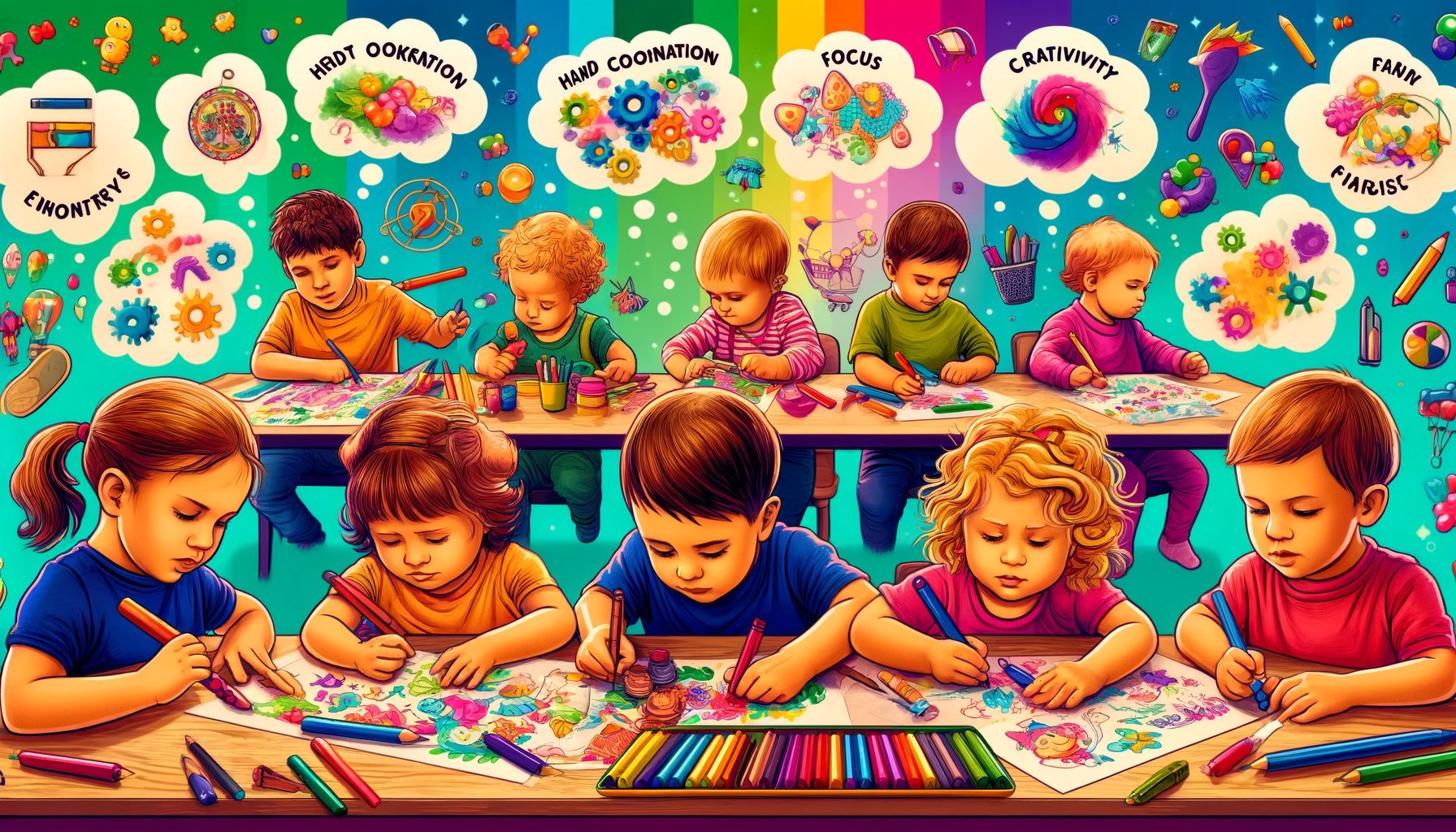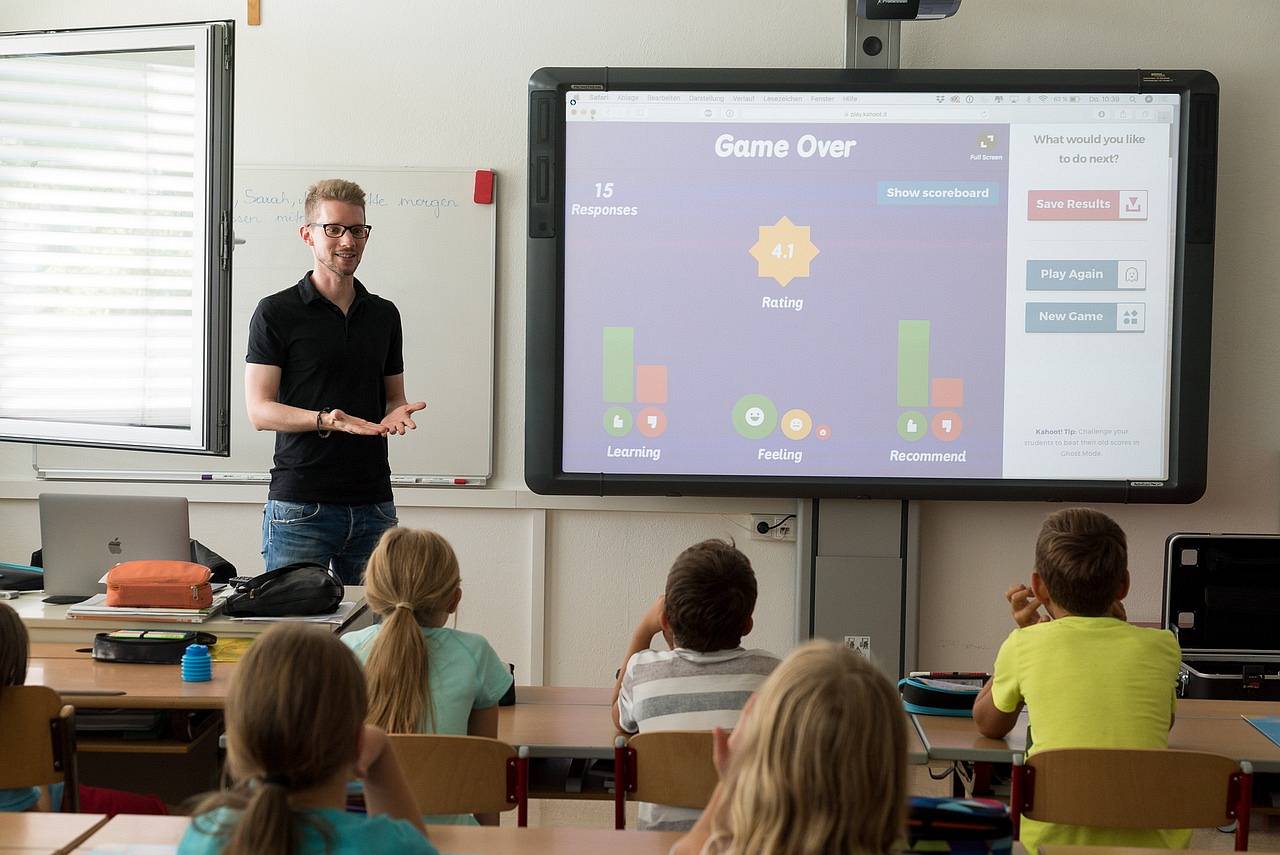Coloring is more than just a pastime for children—it’s a developmental activity that enhances motor skills, boosts creativity, and provides a foundation for future artistic endeavors. “From Doodles to Masterpieces: Guiding Children Through Their Coloring Journey” offers strategies for parents and educators to nurture a child’s coloring skills from simple strokes to complex forms.
This guide will explore techniques to gradually increase the complexity of coloring projects, ensuring that children remain engaged and feel accomplished as their abilities grow.
Understanding the Importance of Progressive Challenges in Coloring
Progressive Learning:
Like academic subjects, artistic skills require a progression in difficulty to effectively enhance a child’s capabilities. Starting with basic shapes and progressing to intricate patterns can dramatically improve their fine motor skills and attention to detail.
- Early Stages: Begin with simple doodles such as lines, circles, and basic shapes to help young children develop hand-eye coordination.
- Developing Complexity: Gradually introduce more complex figures and shapes, which require more precision and patience, helping to refine their motor skills.
Cognitive Benefits:
As children progress in coloring complexity, they refine their artistic abilities and enhance cognitive elements such as problem-solving and planning.
Utilizing Step-by-Step Coloring Books
Skill Building:
Coloring books on a specific theme like Dolphins designed with progressive challenges are excellent tools for skill development. These books often start with simple pictures and gradually introduce more complex designs that require finer skills and more intricate hand movements.
- Guided Coloring Activities: These books can provide set tasks with suggested color schemes to help children understand the basics of color theory and combinations.
- Interactive Learning: Look for coloring books that include activities or questions about the images being colored, which can further enhance learning and engagement.
Group Coloring: A Collaborative Approach
Social Development:
Coloring as a group activity can be beneficial in more ways than one. It promotes teamwork, teaches social skills, and provides a platform for children to express their ideas and receive feedback.
- Community Projects: Large coloring sheets like Funny pictures that require group effort can be great for teaching children about collaboration and collective accomplishment.
- Classroom Settings: Teachers can organize sessions where students color pieces that will be joined together to create a large, collaborative mural.
Setting Achievable Goals
Milestone Setting:
Goals and milestones are as important in art as in any other field. Setting achievable targets for coloring projects can motivate children to improve.
- Short-Term Goals: These could be as simple as completing a coloring page or trying a new technique.
- Long-Term Goals: Set up increasingly complex tasks culminating in a “masterpiece” project. This large, detailed drawing could incorporate all the skills learned over time.
Rewards and Recognition
Incentives:
Recognizing a child’s efforts and achievements in coloring can spur an increase in confidence and interest.
- Certificates and Prizes: Giving out certificates for achievements like ‘Best Coloring’ or ‘Most Creative Piece’ can motivate children.
- Display Their Work: Showcasing completed works on bulletin boards or in digital formats (such as school websites) can give children a sense of pride and accomplishment.
Guiding children through their coloring journey, from simple doodles to complex designs, is an enriching process with numerous developmental benefits.
Parents and educators can effectively support children’s artistic growth by implementing progressive challenges, utilizing step-by-step coloring books, and encouraging group projects.
“From Doodles to Masterpieces” enhances their coloring skills and builds foundational capabilities that benefit many other aspects of life. (Easy Smart Leaning Education)











